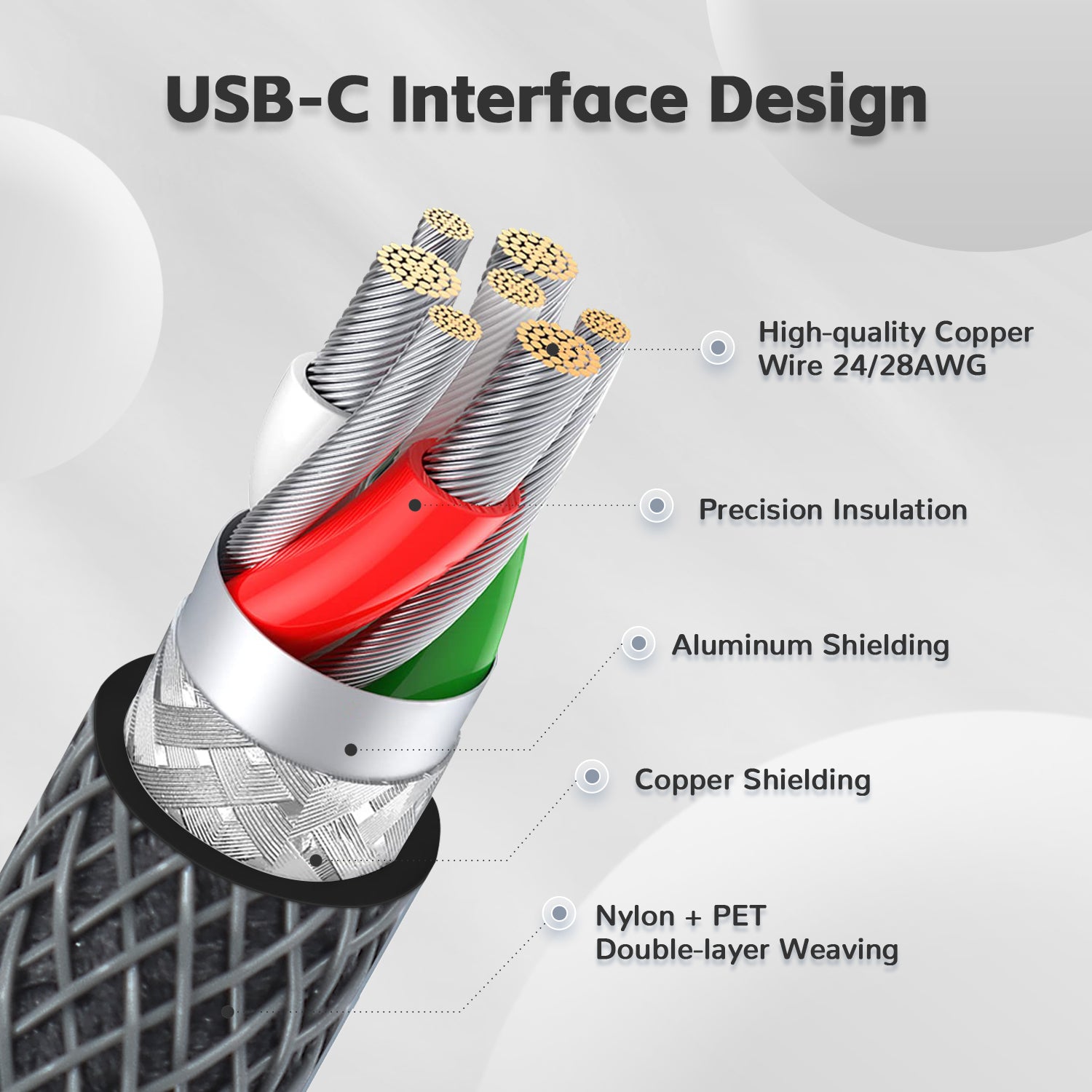Mechanical keyboards have surged in popularity among gamers, typists, and tech enthusiasts alike. Understanding the mechanical keyboard parts is crucial for anyone looking to appreciate or build their own keyboard. Among these parts, the printed circuit board (PCB) and the plate play pivotal roles in determining the keyboard's performance and feel.

Understanding PCBs in Mechanical Keyboards
The PCB serves as the backbone of a mechanical keyboard. It is responsible for connecting the switches to the computer, translating key presses into signals that the computer can understand. Typically made from fiberglass, PCBs can vary in design, with options for single-layer or multi-layer configurations.
- Single-layer PCBs: These are simpler and often less expensive, making them a popular choice for budget keyboards.
- Multi-layer PCBs: These offer more complex routing, allowing for additional features like customizable RGB lighting and programmable keys.
When selecting a PCB, consider the layout you prefer. Do you want a standard layout, or are you interested in a more compact design? The choice of PCB can significantly affect the overall functionality of your keyboard.
The Importance of Plates in Mechanical Keyboards
The plate is another essential component of mechanical keyboards. It sits above the PCB and holds the switches in place. Plates can be made from various materials, including aluminum, steel, and plastic, each offering different tactile experiences and sound profiles.
"The choice of plate material can dramatically influence the feel and acoustics of your keyboard." – Keyboard Enthusiast
Here are some common plate materials:
- Aluminum: Known for its durability and rigidity, aluminum plates provide a solid typing experience.
- Steel: Heavier than aluminum, steel plates can enhance the keyboard's stability and sound.
- Plastic: Often used in budget keyboards, plastic plates can offer a softer feel but may lack durability.
Combining PCBs and Plates for Optimal Performance
When building or customizing a mechanical keyboard, the synergy between the PCB and the plate is vital. A well-matched combination can enhance the overall typing experience. For instance, if you prefer a softer typing feel, pairing a flexible plate with a responsive PCB can yield satisfying results.
Moreover, consider the switch type you plan to use. Different switches may perform better with specific plate materials, affecting both sound and feel. Are you aiming for a quieter typing experience, or do you enjoy the clicky feedback of certain switches?
Conclusion: Crafting Your Ideal Mechanical Keyboard
In conclusion, understanding the mechanical keyboard parts, particularly the roles of PCBs and plates, is essential for anyone looking to create a high-quality mechanical keyboard. By carefully selecting these components, you can tailor your keyboard to meet your specific needs and preferences.
For those interested in exploring various mechanical keyboard options, check out the latest models that feature advanced PCBs and premium plates.

For a deeper dive into the world of mechanical keyboards, watch this informative video that covers everything from switches to custom builds.





